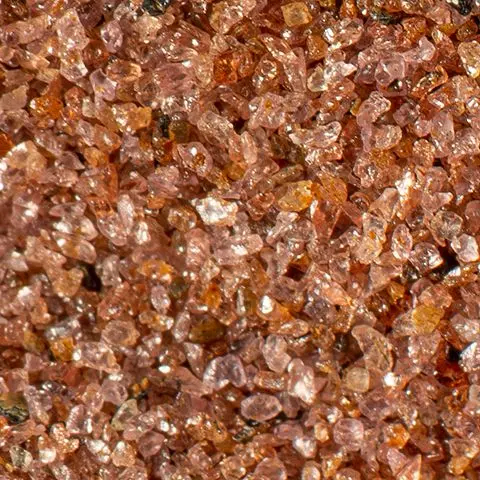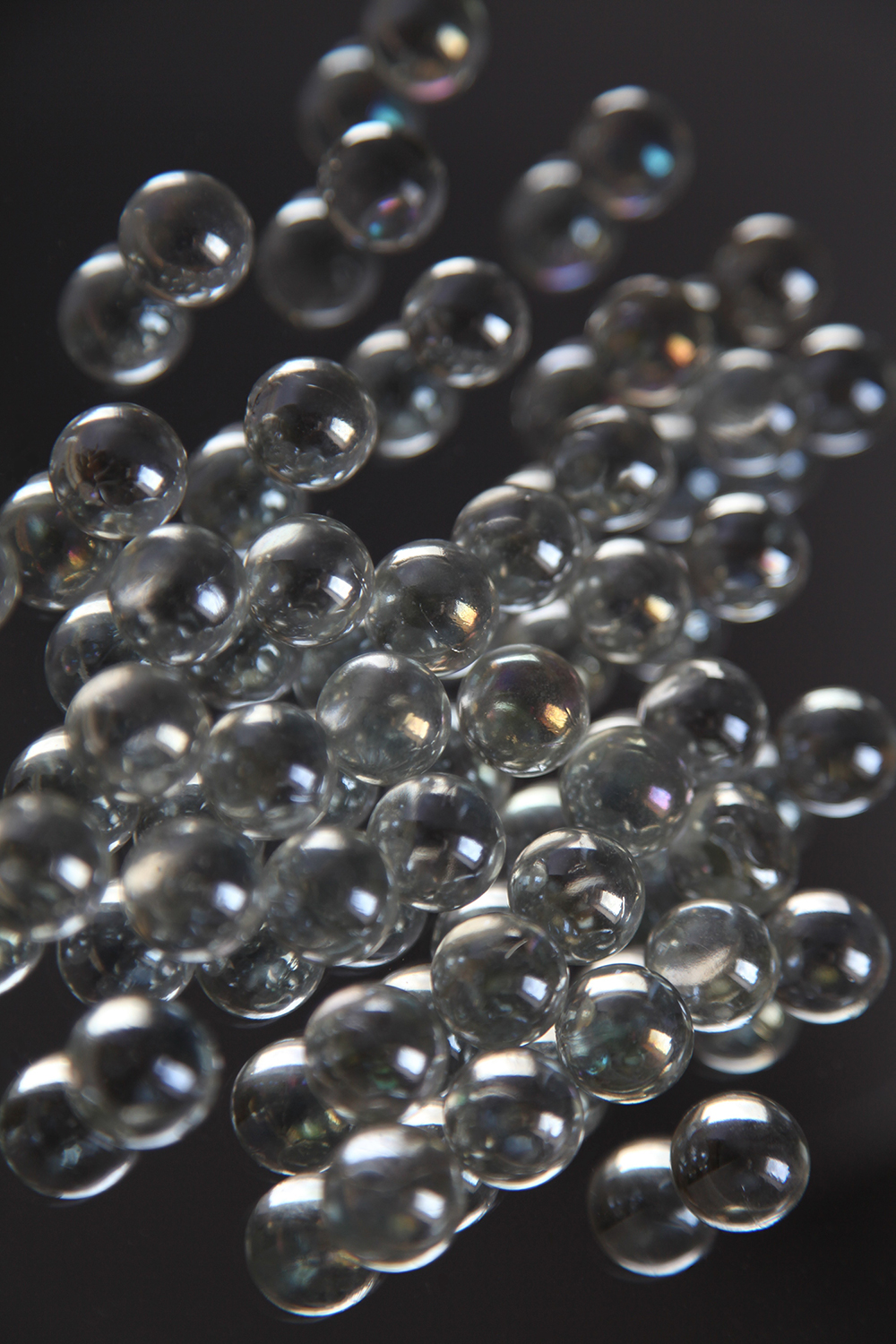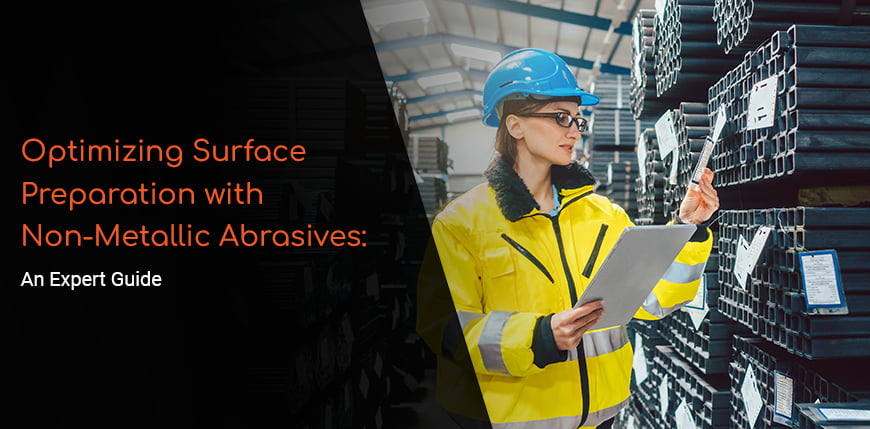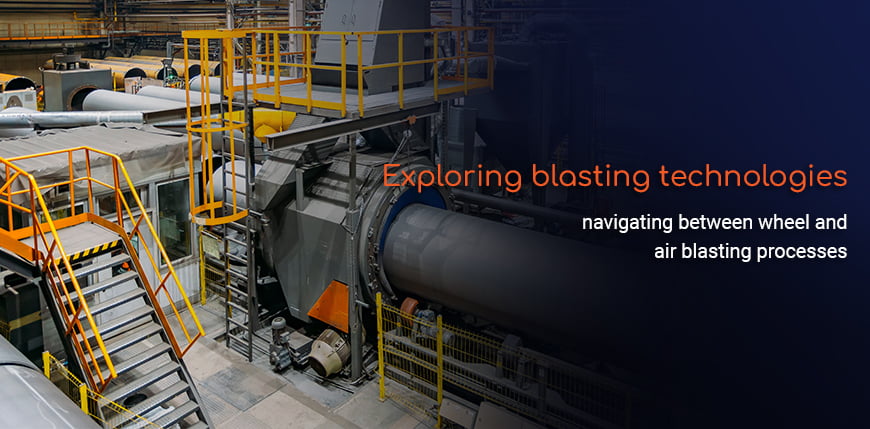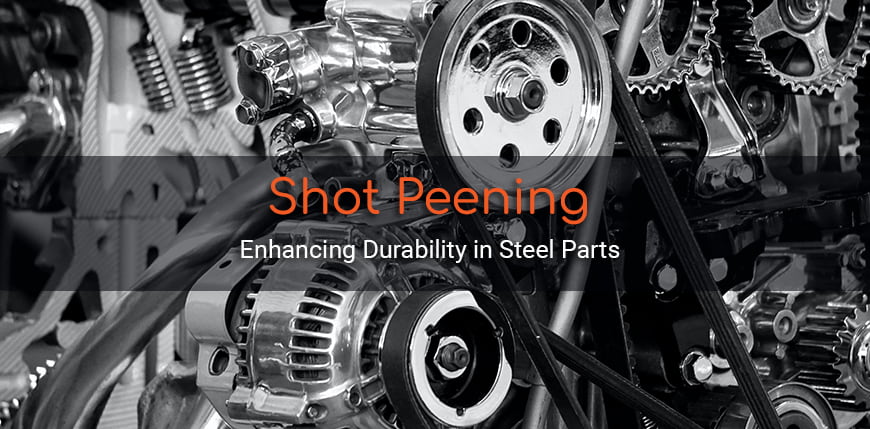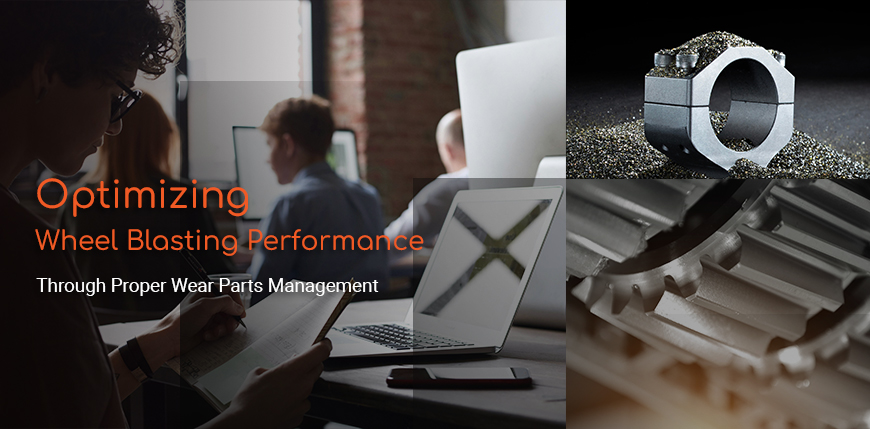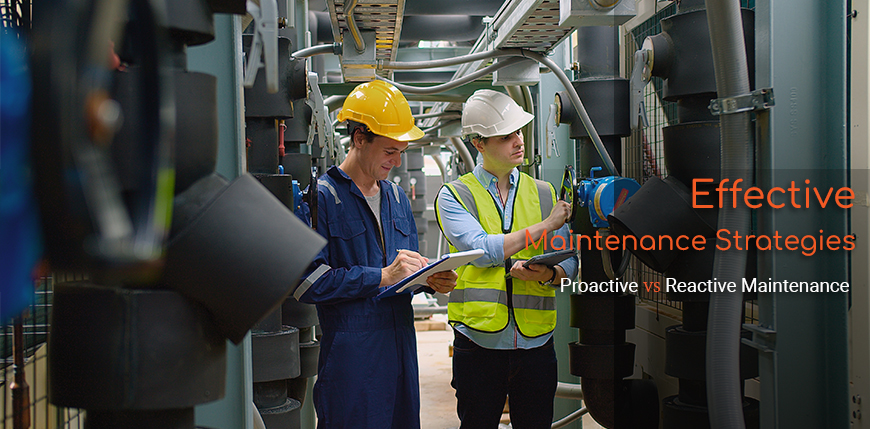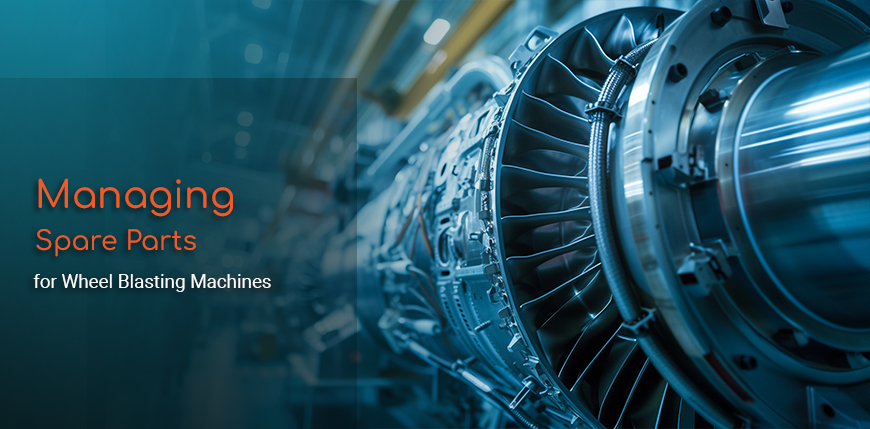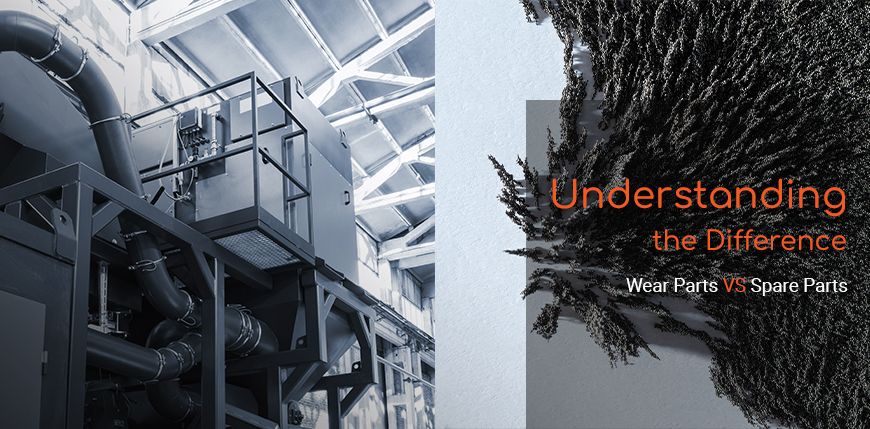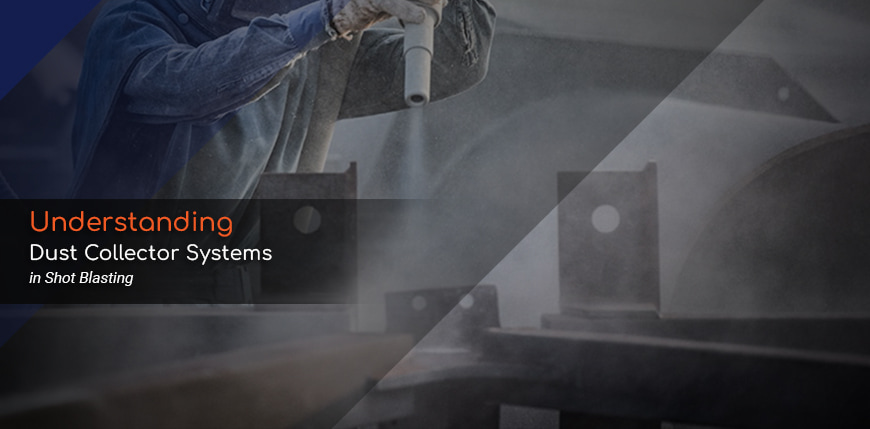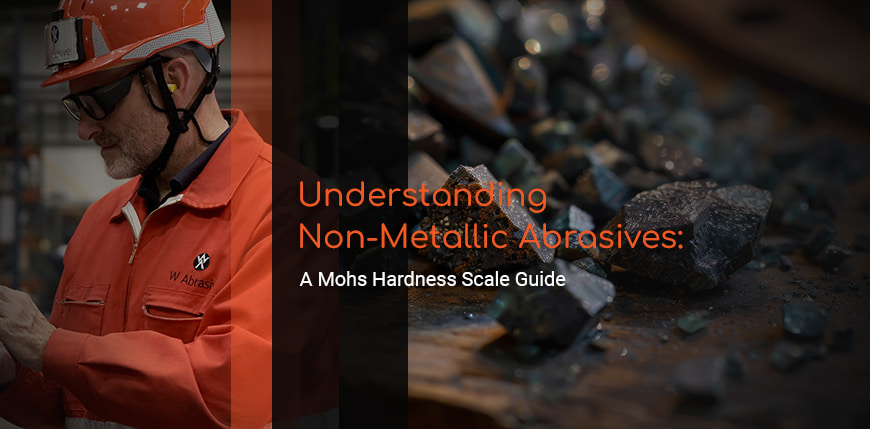
The Mohs Hardness Scale, a measure developed by German mineralogist Friedrich Mohs in 1812, serves as a crucial reference in selecting abrasive materials for surface treatment processes. This scale, ranking materials from 1 (talc) to 10 (diamond) based on their ability to scratch one another, provides invaluable insights into the hardness and, consequently, the abrasive capabilities of various substances. Understanding where non-metallic abrasives fall on this scale is essential for professionals seeking to optimize their surface preparation and finishing operations.
The Mohs Hardness Scale: A Brief Overview
The Mohs scale is a comparative test of the hardness of minerals or materials, indicating the resistance of a smoother surface to being scratched by a sharper one. In the context of abrasive blasting, the hardness of an abrasive media can directly influence its effectiveness in removing material from a substrate, the rate of media breakdown, and the finish quality of the treated surface.
Non-Metallic Abrasives on the Mohs Scale
- Corundum: With a Mohs hardness of 9, corundum stands out for its exceptional hardness, making it highly effective for aggressive surface preparation tasks, such as removing tough coatings or preparing surfaces for high-performance coatings.
- Garnet: Garnet's hardness ranges between 6.5 and 7.5 on the Mohs scale, depending on the type. This makes it versatile for both aggressive material removal and finer surface finishing applications.
- Silica Sand: Typically rating around a 7 on the Mohs scale, silica sand was once a popular choice for abrasive blasting due to its hardness and availability. However, health concerns related to silica dust have limited its use in some regions.
- Copper Slag: Falling around 6 to 7 on the Mohs scale, copper slag is a byproduct of the metal smelting process, offering a mid-range abrasive solution that is both effective and eco-friendly.
- Ceramic Beads: Falling between 6 and 7 on the Mohs scale, ceramic beads offer a balance of hardness and gentleness, making them suitable for applications requiring minimal substrate alteration.
- Glass Beads: With a Mohs hardness of around 5.5, glass beads provide a softer alternative for cleaning and finishing tasks where preserving the integrity of the surface is crucial.
- Plastic Media: Ranging from 3 to 4 on the Mohs scale, plastic media are ideal for very delicate surface treatment applications, where even the slightest abrasion must be controlled.
- Sinterball: A softer shot, sinterball's exact hardness can vary but generally falls into the lower range of the Mohs scale, similar to plastic media, making it suitable for gentle cleaning and prepping.
- Vegetal Media: Comprising materials like nutshells and seed husks, vegetal media typically rank at the lower end of the Mohs scale. Their biodegradable nature and softness make them perfect for eco-friendly and gentle surface preparation tasks.
The Role of Expert Guidance
While the Mohs scale provides a useful starting point for selecting abrasive media, it doesn't tell the whole story. Other factors, such as the shape, size, and density of the abrasive, as well as the material of the substrate and the desired finish, play significant roles in determining the most appropriate abrasive for a given application. This is where expert guidance becomes invaluable.
Professionals specializing in abrasive blasting can offer insights beyond the Mohs hardness, helping to navigate the complexities of media selection to ensure that the chosen abrasive aligns with the specific requirements of the project. This expertise is crucial for maximizing efficiency, minimizing waste, and achieving the desired outcomes without compromising the integrity of the treated surface.
Non-Metallic vs. Metallic Abrasives: A Balanced Approach
It's important to note that non-metallic abrasives do not necessarily supplant metallic abrasives; rather, they offer alternatives for situations where metallic abrasives may not be the best fit. For instance, non-metallic abrasives are favored for their lower environmental impact, suitability for delicate surfaces, and in applications where ferrous contamination must be avoided. Understanding when and how to use non-metallic abrasives effectively requires a thorough assessment of the project at hand—a process greatly aided by expert input.
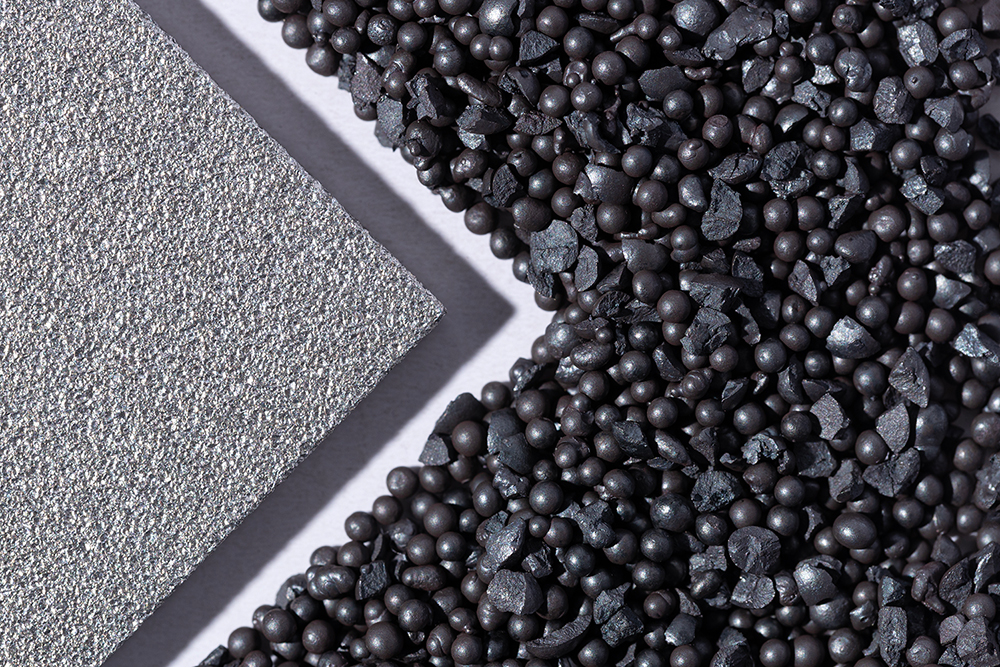

Conclusion
The Mohs Hardness Scale is a fundamental tool in the selection of abrasive media, but it is only part of the equation. By combining this knowledge with expert advice and considering the broader context of each surface treatment project, professionals can make informed decisions that balance efficiency, cost-effectiveness, and environmental responsibility. Whether choosing non-metallic or metallic abrasives, the goal remains the same: to achieve optimal surface preparation and finishing results tailored to the specific needs of each application.



